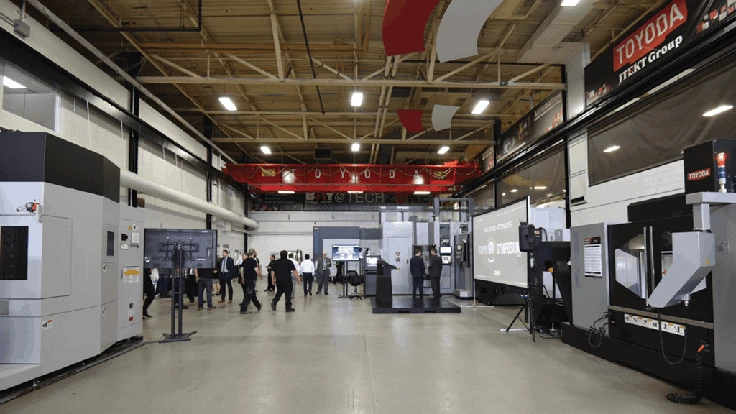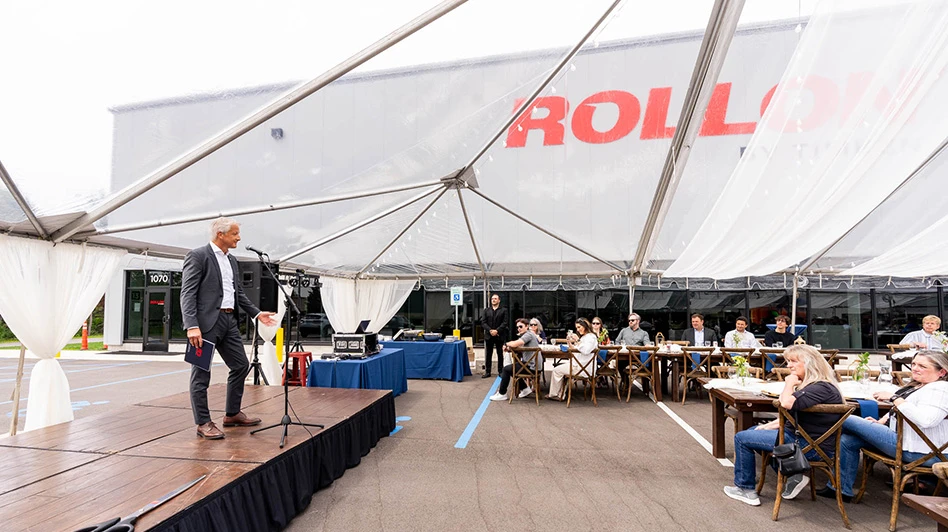
PHOTO COURTESY OF TOYODA

Taking place Sept. 15-17, 2020, JTEKT Toyoda Americas Corp. is inviting prospective customers to Toyoda VIP Days at their showroom in Arlington Heights, Illinois. The event will premier Toyoda’s latest CNC machine tool technology, integrated automation systems, turnkey engineering, and Internet of Everything (IoE) solutions.
Toyoda will be showcasing its full line of equipment, including horizontal and vertical machining centers, grinding machines, and turning centers paired with live cutting applications on hard metal alloys such as steel and titanium.
Attendees will see Toyoda’s newest FH630SXi 5-axis horizontal machining center with 74hp swiveling spindle and the large HB1620 horizontal boring mill with a 63" x 78.7" table and 44,000 lb max. table load.
At the event, Toyoda will also introduce several specific AMS machines as part of Toyoda’s strategic alliance with Ace Micromatic Group in offering a complete range of high-speed production machines, including:
- Gemini XL twin spindle vertical machining center
- CMH500XL horizontal machining center with fixed worktable suitable for end work on long parts
- DTC-400XL high-speed compact machining center
- MCV-450XL vertical machining center with integrated rotary pallet changer
In addition to more than 20 machines with live machining demonstrations, Toyoda will display a variety of automation solutions that increase spindle use and maximize capacity for daily operations. Whether through robotics, rail guided vehicles, or pallet storage systems, attendees can find the best solution for their specific production needs. They can also learn about driving factors for transforming shop floors into smart factories, such as equipment connectivity, production visualization, and data analytics to make better informed decisions and optimize production.

Explore the August 2020 Issue
Check out more from this issue and find your next story to read.
Latest from Today's Medical Developments
- Meet the minds shaping CNC grinding at The Precision Summit
- Mitutoyo unveils innovative SurfaceMeasure-S Series sensors
- #69 Manufacturing Matters - Shopfloor Connectivity Roundtable with Renishaw and SMW Autoblok
- Veeva's impact on compliance and efficiency in medtech
- Demystifying Controlled Unclassified Information (CUI)
- Streamline design with Festo's engineering tools
- Simplify your shop floor operations while ensuring quality parts
- Happy Independence Day - July 4th





